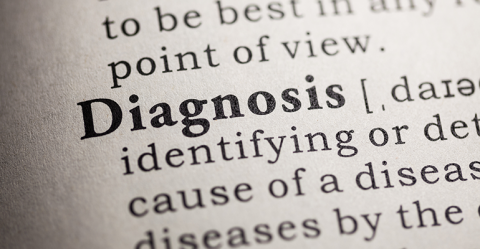
Social Services Minister Paul Fletcher announced the release of a national standard for diagnosing autism on Tuesday, and said it would vastly improve the consistency of diagnosis of people with autism.
“This guideline brings greater clarity to the way autism is diagnosed – that’s good news for the families of people undergoing assessment,” Fletcher said.
Autism Awareness Australia director Nicole Rogerson spoke to Pro Bono News following the announcement, and said it was a positive step forward for getting more children correctly diagnosed.
Rogerson said the previous diagnosis method was ineffective, as it was inconsistent and lacked information that helped a child get the correct support.
“You either had autism one, two or three, which tells you very little about the individual child and it certainly didn’t help any NDIS planners, or schools or educators put together a specific plan that would support them appropriately,” Rogerson said.
Autistic-Self Advocacy Network chair Katharine Annear also welcomed the guideline, and said it would untangle issues of diagnosis recognition across states.
“If you move from state to state you might have trouble getting your diagnosis recognised… it is a guideline, but it will provide national consistency and better quality diagnosis,” Annear told Pro Bono News.
The guideline was funded by the National Disability Insurance Agency, but was developed by an independent body, Autism CRC, and was approved by the National Health and Medical Research Council.
Questions have been raised over whether the guideline was an attempt to make it harder for people with autism to access the NDIS to cut costs, after a document outlining changes to NDIS eligibility for autism cases was accidentally published online in May.
But both Rogerson and Annear said at this point in time they did not believe that was the case, altough Rogerson said it was important keep an eye on progress to ensure access to the NDIS wasn’t reduced.
“I think cynical people, and I’m one of them, are thinking, is this the government’s plan to just reduce the number of kids getting support under the NDIS? But at this point in time, that’s not what they’ve done,” Rogerson said.
“There will be no one louder than me arguing if there is a reduction in services, but I’m just not prepared to take the boot in because that’s not what’s happened.”
Annear added: “The net result in the end will be better quality diagnosis including those functional assessments that may be needed for the NDIS, but the guideline itself has nothing to do with access to the scheme.”
As reported in the Guardian on Wednesday, Fletcher said it would not have an impact on people with autism accessing the NDIS, and that the decision of whether someone was diagnosed with autism was up to clinicians and medical professionals.
Rogerson encouraged the autism community keep a close watch over what results the guidelines produced.
“The whole autism community needs to be vigilant at looking at what this means in real terms for families, so we know how this is faring for kids across Australia,” she said.
Annear also said the focus should be on encouraging clinicians to actually adopt the guidelines.
“Nothing’s going to change overnight because it’s a guideline that now has to be adopted across the nation by states and territories in terms of what they recognise,” she said.
“It’s got to be adopted by clinicians who are doing the diagnosis in order to be successful.”